Shed Landscape
snuggles2010
11 years ago
Related Stories
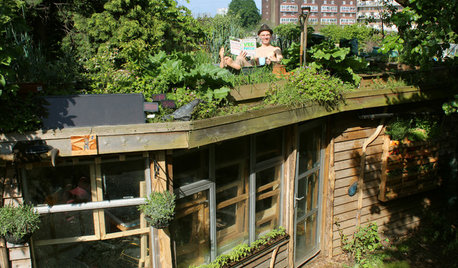
STUDIOS AND WORKSHOPSVisit London’s Shed of the Year
A modern Renaissance man carves out a multifunctional green oasis amid London’s urban whirl
Full Story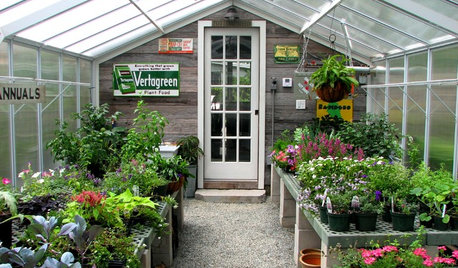
OUTBUILDINGSRoom of the Day: An Old Shed Becomes a Spa and Greenhouse
A garden-loving couple create the perfect place to have a soak and putter with their plants year-round
Full Story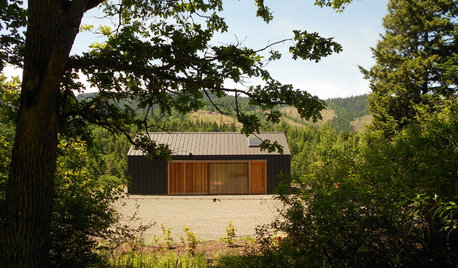
OUTBUILDINGSA Modern Tractor Shed Stakes Its Claim in the Landscape
Standard materials used in an artful way create a sophisticated outbuilding and a stylish welcome home
Full Story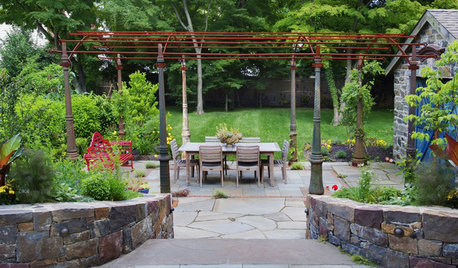
GARDENING AND LANDSCAPINGReinvent It: Salvaged Pieces Frame a Parisian-Style Pergola
Gaslamp posts from the 1930s and upcycled fencing make for a patio structure befitting a historic potting shed in Philadelphia
Full Story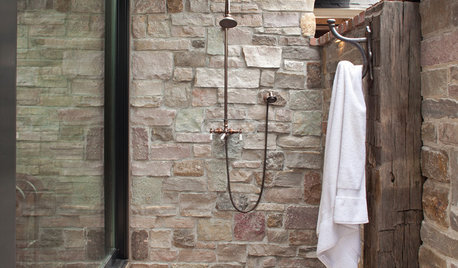
GARDENING AND LANDSCAPING28 Outdoor Projects Everyone Should Know About
Learn how to refinish your wood deck, make a garden fountain, add a shed and more
Full Story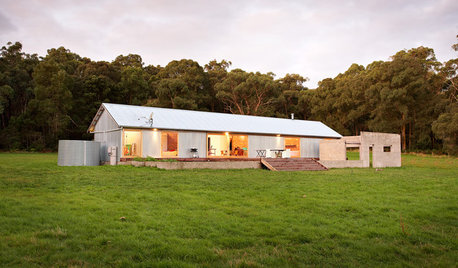
ARCHITECTURE6 Shed-Inspired Homes Down Under
These contemporary Australian homes are influenced by the rural shed vernacular, which maintains close ties to the land
Full Story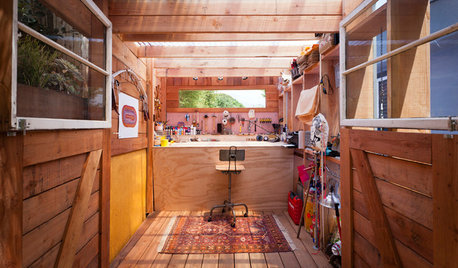
GARDEN SHEDSHouzz Call: Show Us Your Hardworking Garden Shed!
Upload a photo of your backyard shed or greenhouse and tell us how it works for you
Full Story
MOST POPULARHow to Add a Backyard Shed for Storage or Living
Need a home office, a playspace or extra room for your stuff? Learn about off-the-shelf, prefab and custom sheds
Full Story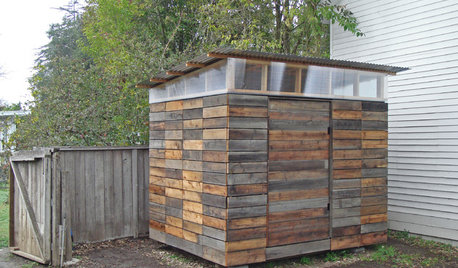
STORAGE2 Weeks + $2,000 = 1 Savvy Storage Shed
This homeowner took backyard storage and modern style into his own hands, building a shed with reclaimed redwood and ingenuity
Full Story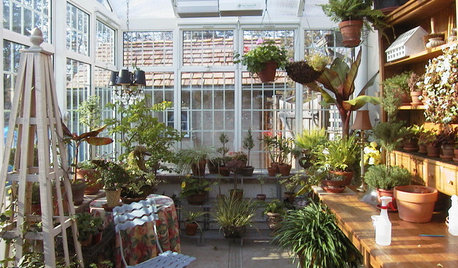
GARDENING AND LANDSCAPING13 Inspiring Ideas for Backyard Sheds
Whether you love an inspiring backyard retreat or just need a spot to stow a hoe, these great outdoor sheds have some ideas for you
Full StoryMore Discussions






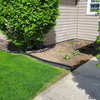
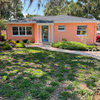
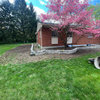
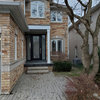
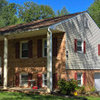
rosiew
snuggles2010Original Author
Related Professionals
Glen Ellyn Landscape Architects & Landscape Designers · Signal Hill Landscape Architects & Landscape Designers · Pelham Landscape Contractors · Barrington Landscape Contractors · Berkeley Heights Landscape Contractors · Berwyn Landscape Contractors · Bridgeport Landscape Contractors · Costa Mesa Landscape Contractors · Hoover Landscape Contractors · Inglewood Landscape Contractors · Thornton Landscape Contractors · Uxbridge Landscape Contractors · Yukon Landscape Contractors · Brookfield Decks, Patios & Outdoor Enclosures · Agoura Hills Stone, Pavers & ConcreteYardvaark
snuggles2010Original Author
woodyoak zone 5 southern Ont., Canada
snuggles2010Original Author